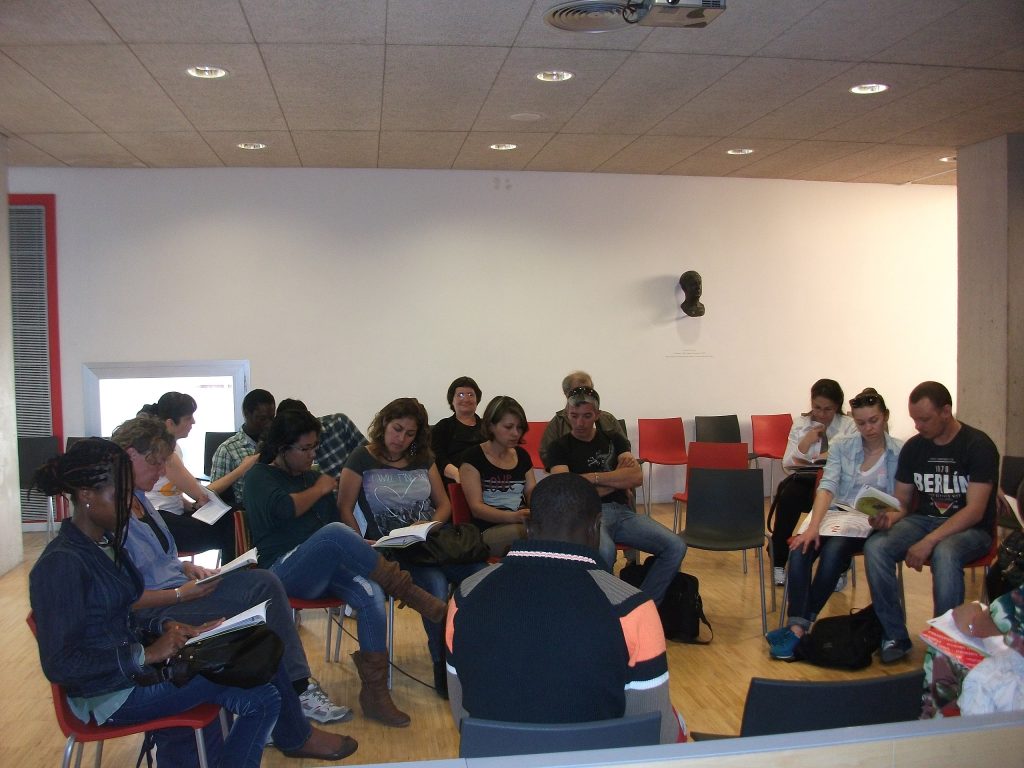130 Middle Adults Returning to Education
Martha Lally and Suzanne Valentine-French
Midlife adults in the United States often find themselves in college classrooms. In fact, the rate of enrolment for older Americans entering college, often part-time or in the evenings, is rising faster than traditionally aged students. Students over age thirty-five accounted for 17 percent of all college and graduate students in 2009, and are expected to comprise 19 percent of that total by 2020 (Holland, 2014). In some cases, older students are developing skills and expertise in order to launch a second career, or to take their career in a new direction. Whether they enrol in school to sharpen particular skills, to retool and re-enter the workplace, or to pursue interests that have previously been neglected, older students tend to approach the learning process differently than younger college students (Knowles, Holton, and Swanson, 1998).

The mechanics of cognition, such as working memory and speed of processing, gradually decline with age. However, they can be easily compensated for through the use of higher order cognitive skills, such as forming strategies to enhance memory or summarizing and comparing ideas rather than relying on rote memorization (Lachman, 2004). Although older students may take a bit longer to learn material, they are less likely to forget it quickly. Adult learners tend to look for relevance and meaning when learning information. Older adults have the hardest time learning material that is meaningless or unfamiliar. They are more likely to ask themselves, “Why is this important?” when being introduced to information or when trying to memorize concepts or facts. Older adults are more task-oriented learners and want to organize their activity around problem-solving. However, these differences may decline as new generations, equipped with higher levels of education, begin to enter midlife.
To address the educational needs of those over fifty, the American Association of Community Colleges (2016) developed the Plus 50 Initiative, which assists community colleges in creating or expanding programs that focus on workforce training and new careers for the plus-fifty population. Since 2008 the program has provided grants for programs to 138 community colleges, affecting over 37,000 students. The participating colleges offer workforce training programs that prepare fifty-plus adults for careers in such fields as early childhood educators, certified nursing assistants, substance abuse counsellors, adult basic-education instructors, and human resources specialists. These training programs are especially beneficial as 80 percent of people over the age of fifty say they will retire later in life than their parents or continue to work in retirement, including in a new field.
Media Attributions
- Figure 8 18 © Ester Martí Accensi is licensed under a CC BY-SA (Attribution ShareAlike) license

